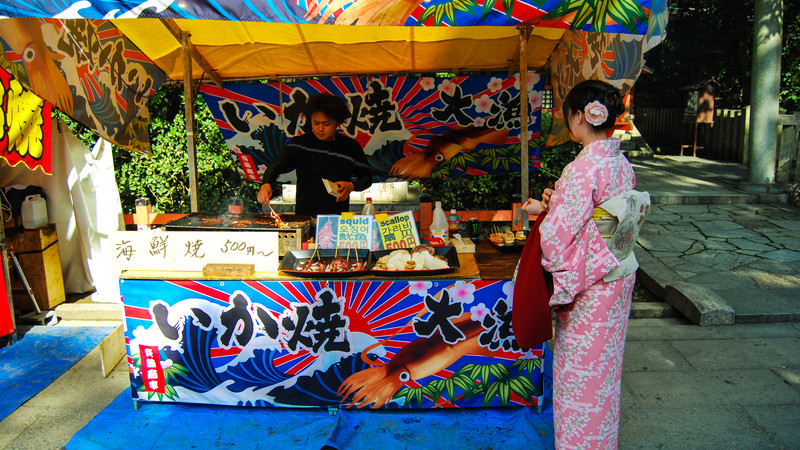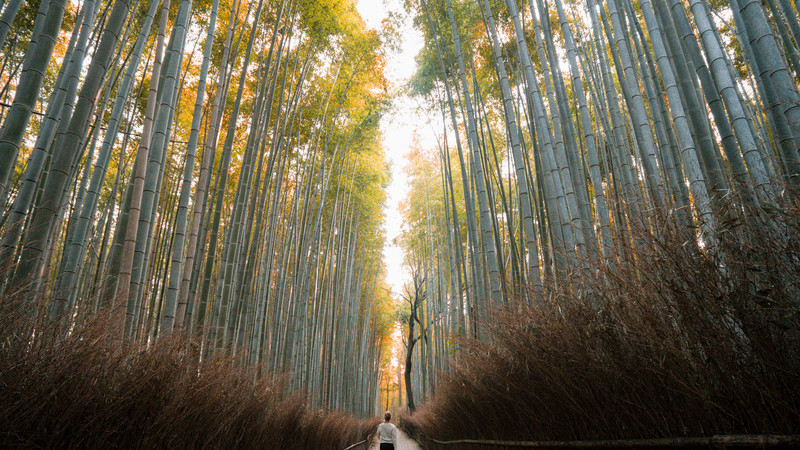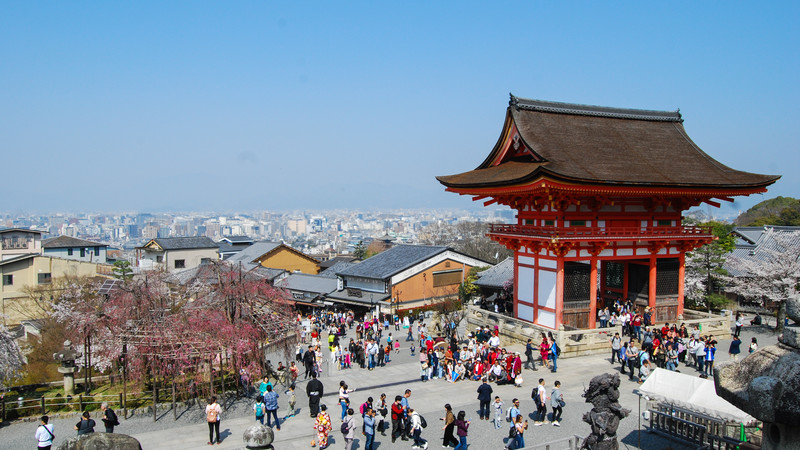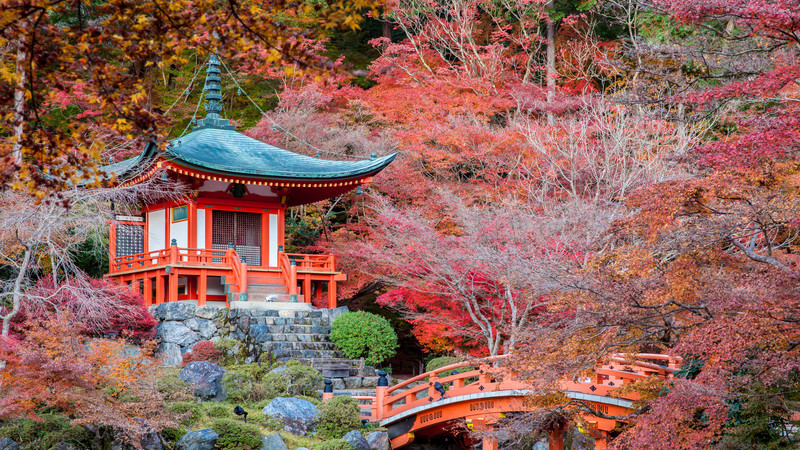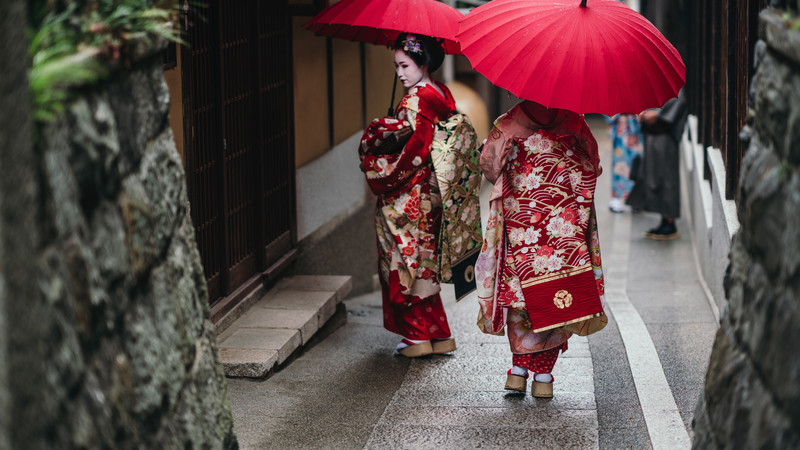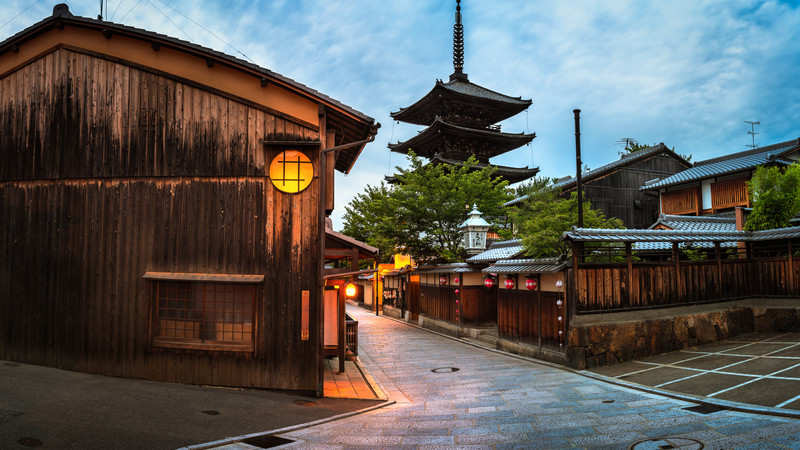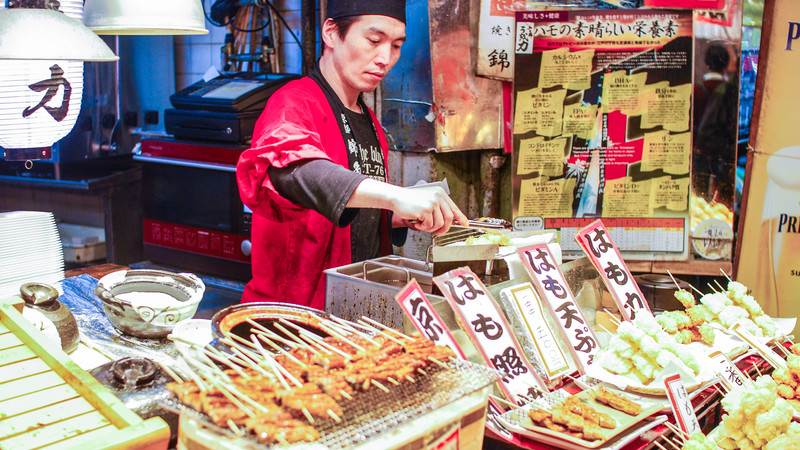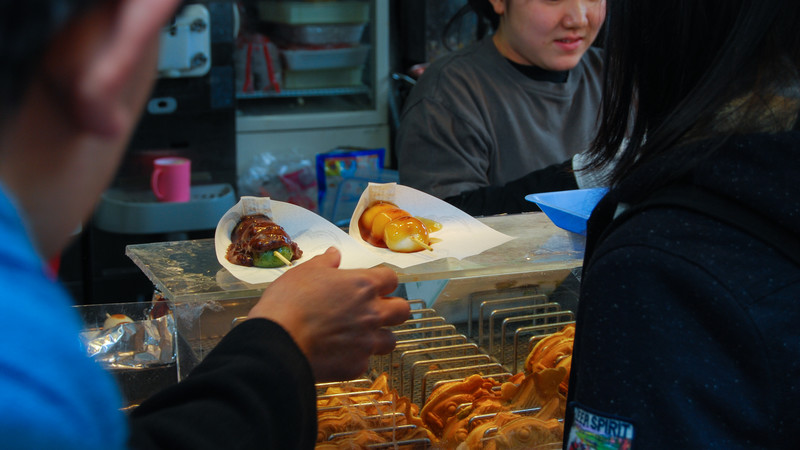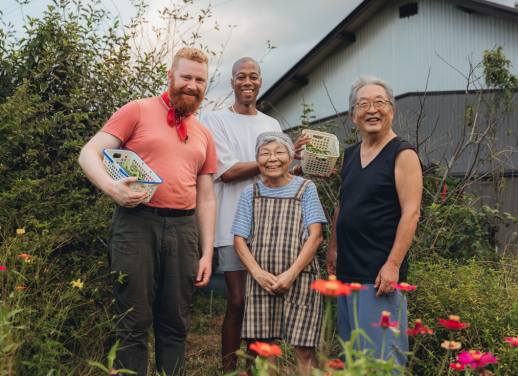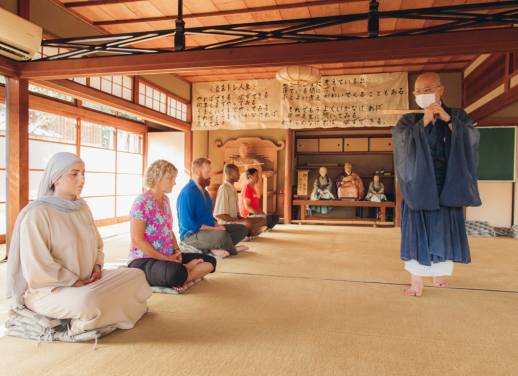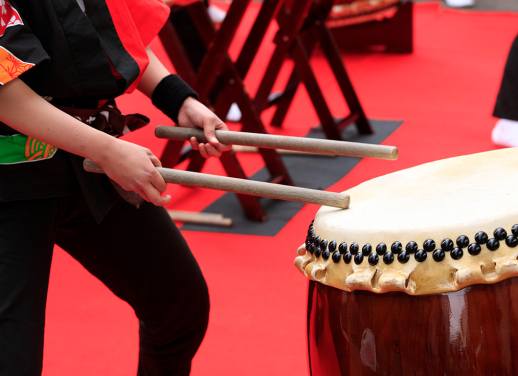Japan has long served as a cultural muse, and no city on this island nation has held as long of a reign as Kyoto.
Like an antithesis to the speed and chaos of Tokyo, Japan’s ancient imperial capital is that quiet person who grows on you as you get to know it better. It surprises you with a wild side not often seen or known for. It has a long history and a wealth of hidden gems to unravel with time. It boasts serene temples and picturesque bamboo forests.
Once you meet Kyoto in the flesh, you will fall in love.
Here are some bits and pieces of Kyoto that have made it the best city in the world to me, and some recommendations so you love it as much as I do.
Peace and tranquility
I introduced myself to the city most famous for its two thousand-or-so Buddhist temples and shrines with a bike ride along said temples and shrines. Nanzen-ji Temple is a must-see if you can handle the crowds, not just for its sprawling grounds, unique moss-carpeted aqueduct, beautiful architecture and famed Zen garden, but also for Nanzen Oku-no-in, a waterfall grotto behind the temple.
The entire visit met and exceeded my expectations of what ancient Kyoto feels like, as I was directly transported into a real-life Miyazaki film of lush enchanted forests.
READ MORE: A LOCAL’S GUIDE TO VISITING JAPAN ON A BUDGET
Next, instead of solely visiting Kinkaku-ji temple or Kiyomizu-dera temple (two of the most popular sites in the country), pedal over to Heian-Jingu for a relatively tourist-free time. Fronted by a dramatic torii gate, the grounds are especially charming in mid October, when one of Japan’s biggest traditional festivals and parade, the Jidai Matsuri, takes place. Literally translated as the “Festival of Ages”, the procession is a highly-entertaining Japanese history lesson, as different eras of Japanese history are represented with accurate costuming.
CHECK OUT INTREPID’S RANGE OF SMALL GROUP TOURS IN JAPAN
No biking tour would be complete without cruising down the renowned Path of Philosophy. While the spring cherry blossoms make for an optimal time to visit, I was equally blown away by the autumn colours. Meanwhile, the summertime provides flocks of fireflies. Picture-perfect photo op’, anytime.
Make your next stop the Kamogawa, or Kamo River. A classic, unmissable stroll, I felt like a veritable local here as I blended in with regular Kyoto-ites enjoying their downtime strolling or sitting along the bank in twos and threes.
Wait for dusk to set over the waters, then grab an evening bite in lantern-lined Pontocho Alley. Famous for its restaurants and patios overlooking the Kamogawa, I was introduced to Yoshiya, a hidden gem for ‘kappo’ (traditional Japanese cuisine). Get the kamameshi, a complete rice meal cooked entirely in an iron pot and savour those flavours and the views.
READ MORE: WHAT IT’S LIKE VISITING JAPAN AS A SOLO TRAVELLER
Get cultured
Gion is rightfully the cultural centre of Kyoto. The most famous geisha district of the city, its low wooden 17th-century machiya structures still house active ochaya teahouses where the geisha and their maiko apprentices entertain for a living. While attending one of these tea ceremonies is extremely expensive and exclusive, I managed to catch a maiko walking down the street – a sighting that’s equivalent to spotting a celebrity in the West, as a group of paparazzi-like locals and tourists started following with their cameras.
A few boutique shops in Gion also allow you to live the geisha dream by fitting you in a kimono, obi, wig, and traditional makeup. I also found many better ways to get a real taste of Gion besides geishas and tea ceremonies, too…
Simply strolling through the Old Quarter and stopping at every shop, restaurant, nook and cranny will fill up your afternoon. As a Studio Ghibli aficionado, I went crazy for the shop fronted by a giant Totoro. And as someone who loves all manners of arts and crafts, the countless specialty shops of thick, handmade washi paper, porcelain ceramics, and hand-stitched, printed, and indigo-dyed fabrics made for the best shopping of my life.
SUBSCRIBE TO INTREPID’S NEWSLETTER FOR TRAVEL TIPS, COMPETITIONS, GIVEAWAYS & MORE
Take a break between all the browsing to enjoy rice cakes and matcha green tea at one of the many cafes along the way – or for a more modern take on dessert, Gion Tsujiri is a famed shop for fancy matcha drinks and mochi sweets.
Head to the Minamiza Theater for a kabuki show, where traditional dance, song, and theatre combine in a dramatic show of costuming and wild stage make-up. The art form originated in 1600s Kyoto when a female troupe of performers first practiced along the banks of the Kamo River, and has since evolved to include even more intricate set design, modern stories in addition to the traditional ones, and even adaptations of Western plays.
Although I did not understand anything being spoken or sung, the comedic effect of the acting and beauty of the whole production was an amazing experience – and where better to see such a fundamental piece of traditional culture than the location where it originated?
LOOKING FOR A DAY TOUR OF KYOTO? CHECK OUT INTREPID’S SISTER COMPANY, URBAN ADVENTURES
Eat (and drink) your heart out
No visit is complete without dropping into Kyoto’s 400-year-old Nishiki Market. It’s a treasure chest where any trinket you see, you can eat. Fresh eels on beds of ice, steaming dumplings, and fragrant roasted tea leaves have their own designated booths, and food stalls listing yakitori snacks and kamaboko fish cakes abound. It’s definitely a more industrial setting, but the chaos and the smells and sounds are intoxicating. Make sure you watch the mochi-pounding process and get your hands on some personalized chopsticks – the best souvenir I picked up on my trip.
Get a taste of Japan’s modern modes of entertainment in one go: at Karaoke Build. Here, I got to borrow a pink samurai costume and take tons of photos on the floor full of purikura machines (photo booths). I then moved on to a different floor to enjoy ping pong and enjoy some wild disco-lighted karaoke while devouring hand-delivered snacks.
Tokyo might be more famous for its nightlife, but as a saying I heard in Kyoto goes, “Tokyo may have more in terms of food and entertainment, but what Kyoto does have, it does it better.”
READ MORE: HOW TO EAT AND DRINK LIKE A LOCAL IN JAPAN
Feast on regional Kyoto-style okonomiyaki at one of the best hole-in-the-walls: Okonomiyaki Jumbo. For those new to the dish, this is essentially a shared, communal savoury pancake that is cooked directly on the table. Hot plates are built into the middle of your eating surface, and drinks are had while everyone waits for the meal to cook. Ingredients may vary, but almost always includes flour, eggs, shredded cabbage, some type of seafood or chicken, and topped with a mayo-like sauce, dark okonomiyaki sauce, and green onions. The dish itself and the experience of cooking it with friends while seated in tatami booths is a solid, rowdy, and hearty 10/10.
If you’d like to finish the meal off with drinks (and why wouldn’t you!), there are many options for an artisan cocktail or a strong sake. I opted for the cocktails, and was lead to the dark hallways of Bar Bunkyu. Although dressed in a more Western style, the bar serves some unique local whiskeys and gins.
It was here that I discovered how loud and rowdy locals can get, and how compelling and contradictory this city really is.
Ready to explore this incredible city? Check out Intrepid’s range of small group tours in Japan.
—
(All images c/o Intrepid Travel.)

